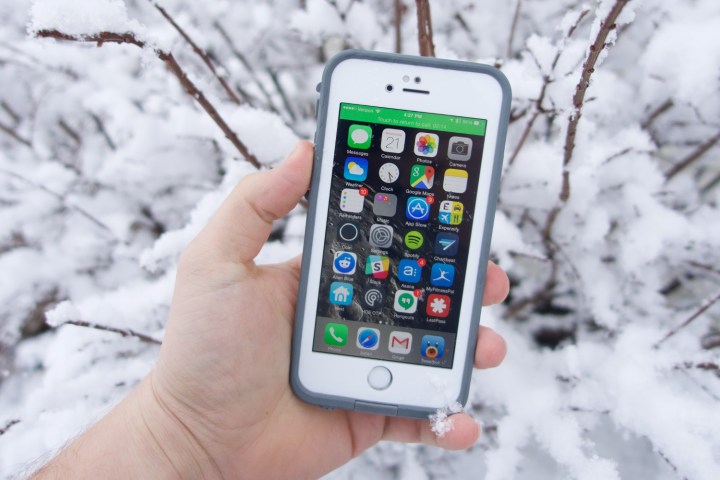
The case is interesting for a few reasons. For example, it seems it can provide feedback to the phone, so if the case isn’t properly secured, the iPhone will inform the user that extra steps need to be taken.
According to the patent, which was discovered by Patently Apple, the case itself would be made from standard materials like plastic, silicone and perhaps some leather. As you might be able to see in the patent, the case would also have an electrical contact, which may be used to ensure that the case is properly attached to the phone. The case even has a small memory circuit and processor circuit, which could be used to run tiny programs pertaining to the case’s positioning.

It also looks like the case will have a latch mechanism, so you can take the case off and put it on with a simple screwdriver. That also helps ensure the case is secured when it is on the phone and that it won’t come apart if you accidentally drop your device.
Apple has been playing a bigger role in the production of iPhone accessories over the past few years and it launched a battery case with a large battery pack on the back. It will be interesting to see if this trend continues and if so, we could see things like completely waterproof cases, which would be helpful for those who have dropped a device in the bath or pool before.
Editors' Recommendations
- This one Apple Fitness feature completely changed how I exercise
- Nomad’s new iPhone case and Apple Watch band may be its coolest yet
- 5 phones you should buy instead of the iPhone 15
- Why you should buy the iPhone 15 Pro instead of the iPhone 15 Pro Max
- iPhone SE 4: news, rumored price, release date, and more


